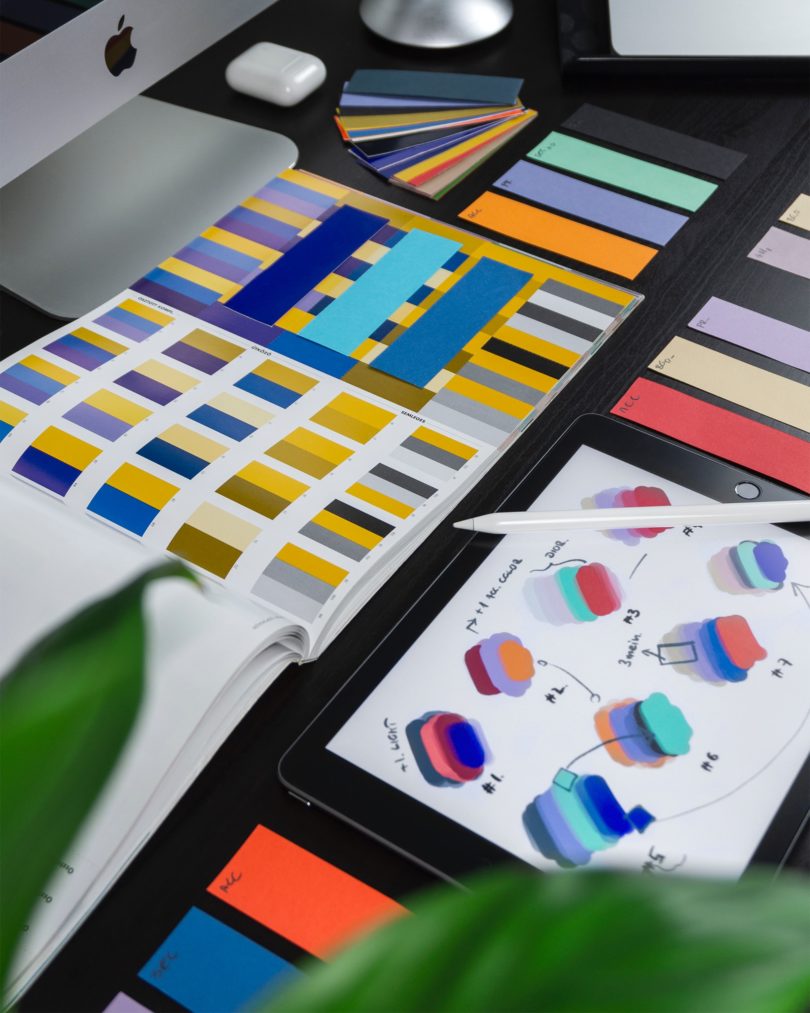If you do a web search for app developers in Sydney, you will realise that app development is a big deal. Many developers focus on the technical aspects of mobile applications, but neglect to consider the user’s experience (UX). The user interface has an enormous impact on your app’s success. While it’s true that UX doesn’t improve the functionality of your product, a poorly designed interface can make or break your product.
Consumers rank a good user experience as a top priority when downloading apps. The top three reasons for this are:
- Makes the app easy to use
- Is clean and simple to navigate
- Works as expected without any glitches or delays
That’s why it’s so important to consider hiring an experienced UX designer who can help you translate your vision into the most impactful user interface possible. Your users will thank you for it!
Three Tips To Consider
The following are three of the most important things to keep in mind when developing an interface for your app.
1. Be Clear And Concise
An effective interface is clear and concise, so users see exactly what they need right away. A cluttered interface prevents them from making quick work of their tasks, which results in frustration and bad reviews.
2. Use Feedback Loops
A feedback loop is created when a user’s action triggers an immediate result. This increases the user’s feeling of control over the system, and encourages them to continue using the app. For example, a button that slides a video into view when pressed tells the user that their action has been recorded while also giving them a visual representation of what they’re doing. This eliminates any doubt about whether their action was successful or not, which encourages them to continue interacting with the app.
3. Give Users A Reprieve
It can be difficult for your users to make sense of everything happening on-screen at all times while they navigate through your app. This often results in a feeling of confusion and discourages them from using your app. That’s why it’s important to give them a temporary reprieve by making it easy for them to hide or remove content that they aren’t interested in.
While these are the three most important things you need to consider when designing your interface, there are many more factors that can affect how your users perceive the app overall. Your UX professional is always your best resource for discovering new ways to improve your user experience.
It’s All About Typography
Typography is one of the most important elements of any app. In today’s technological society, we can find anything we want if we know where to look. Knowing how to market your app and the appropriate fonts to use should bring you closer to reaching that goal.
When it comes to font selection for apps, there are several factors you need to consider:
1. App Design: Font choices should be specific and relevant to your app as well as the user experience. Remember that fonts are a powerful tool for influencing the mood of the user.
2. Design Compatibility: It’s important to select fonts that are compatible within your design layout, including colour, size, and placement. Not only should these be compatible with one another but also match your design’s overall style.
3. Typographic Balance: The decision process isn’t over once you select your font. Now you have to decide how to balance it with other fonts in your layout to create a cohesive design that keeps users engaged while they navigate through the app.
Fonts Matter Too
Without careful consideration, fonts can easily become overpowering in an otherwise enjoyable app experience. To avoid this, it’s important to understand the elements that go into selecting appropriate fonts for your product.
1. Font Size: When it comes to font size, less is usually more. Try to keep font sizes consistent throughout your interface so that text doesn’t create visual clutter on the screen. This helps users scan content with minimal effort, keeping them engaged in your app’s content.
2. Spacing Between Letters And Lines: The space between letters and between lines are just as important as the space they exist in together. A good example of this is Comic Sans, which presents the letters too close to one another creating an overbearing feel for users when they try to read it quickly.
3. Font Colour: The font colour of your app’s interface can really make or break the user experience. Using colour to identify the different elements within the app is a great way to help users understand where they are, what they can do, and what information they need at their fingertips. This is especially important for navigation elements on mobile devices. Having too much contrast on these types of elements can be distracting to users, so make sure the colours you select are easy on the eyes overall.
4. Branding & Logos: When it comes to fonts for your brand or logo, you have many options that are practical and effective for different situations. One of the most important things to consider while selecting your logo or brand is which fonts are most effective in that particular situation.
5. Design & Colour: When it comes to colour selection for your app, it’s important to keep in mind your design layout when making font selections. For example, if your design involves lots of bright colours throughout, be wary about choosing bright coloured fonts that might cause visual distractions.
Conclusion
There’s no doubt that UI and UX are important factors when it comes to the creation of apps. Keep in mind the crucial components discussed above that affect your app experience, and don’t hesitate to speak to a professional if you need assistance.
“The opinions expressed by BizWitty Contributors are their own, not those of BizCover and should not be relied upon in place of appropriate professional advice. Please read our full disclaimer."







